Art and Storytelling
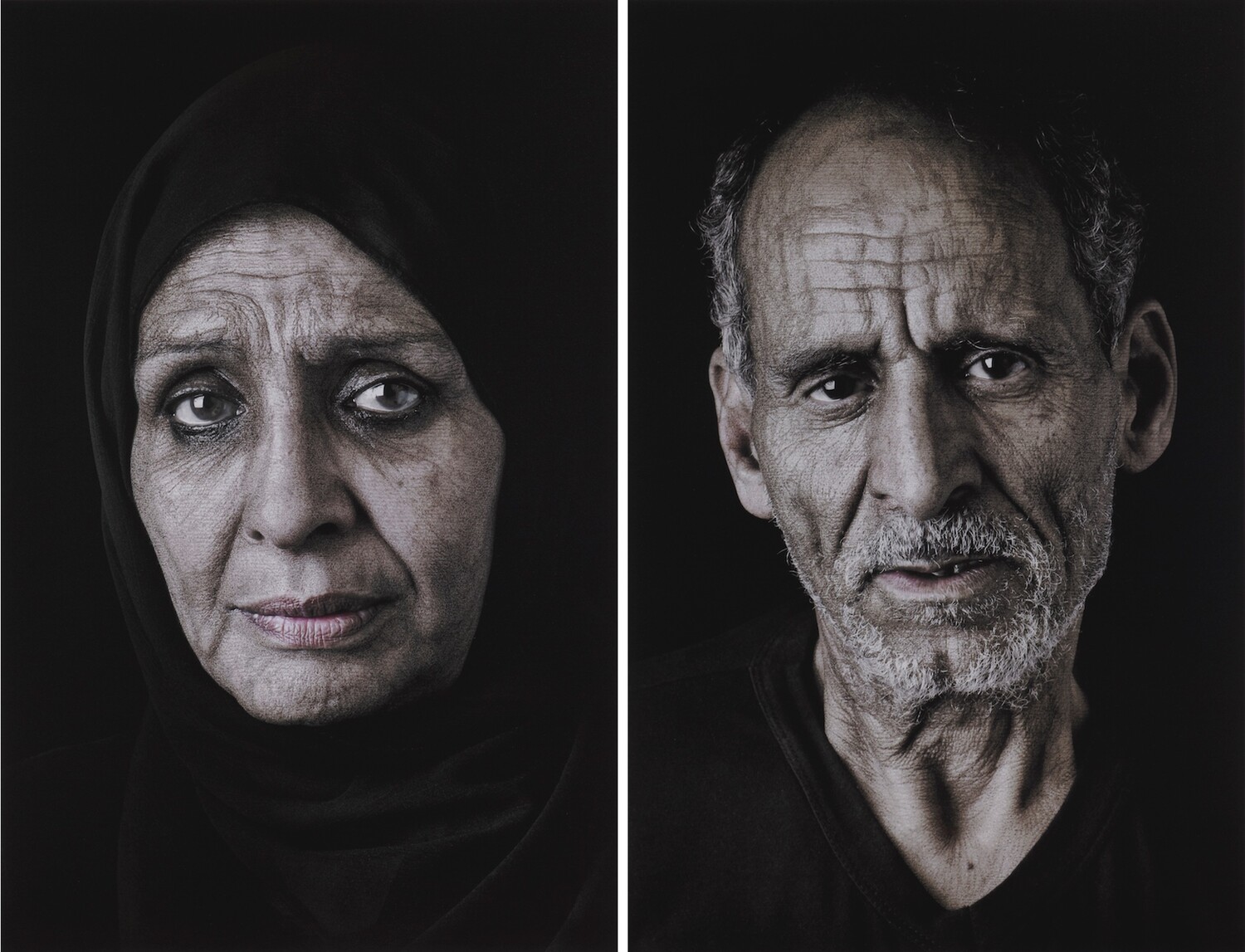
Introduction
People tell stories in many ways, including through words, images, movement, and sound. In this guide we will learn about Shirin Neshat, a contemporary artist who collaborates with others to tell stories through the combination of photography and poetry. We will take a close look at two portraits by Neshat in the collection of the Mildred Lane Kemper Art Museum, watch a short video about her creative process, and reflect on the power of storytelling.
Art & Storytelling
Take a minute to look closely at the portraits below. Let your eyes wander and be drawn to details that stand out to you.
What do you notice?
What is one word or phrase that captures your observations?

A portrait is a likeness or image of a person that is created by an artist; a sitter is the person in a portrait.
What do these portraits say about their sitters?
How do the artist and the sitters convey emotion?
These portraits, titled Ghada and Sayed, are part of a 2013 photo series, Our House Is on Fire, produced by contemporary Iranian artist Shirin Neshat. The artworks explore the effects of the Arab Spring, a wave of pro-democracy protests and uprisings that took place in the Middle East and North Africa in the early 2010s.
In this series the artist examines loss at a personal and national level through portraits of Egyptians. At the time they created the series, Neshat and her close collaborator Larry Barnes were both grieving the recent death of Barnes’s daughter. Neshat says that this experience focused her attention on the subject of loss in the aftermath of the revolution in Egypt and its universality as a human experience shared by all. For this series Neshat wanted to photograph older adults who were not actively involved in the protests but who still experienced the loss of loved ones, homes, and businesses during and after the revolution. Each portrait is named after the person it features.
To make the portraits Neshat and Barnes invited people from the streets of Cairo into the studio to share their stories while they were photographed. Neshat and Barnes began by sharing their own stories, including Neshat’s experience of exile in the United States following the Iranian Revolution of 1979 and Barnes’s loss of his daughter, and then they asked the sitters if they would like to share about a personal tragedy. Instead of using words, the sitters were asked to share their experiences of loss through their eyes.
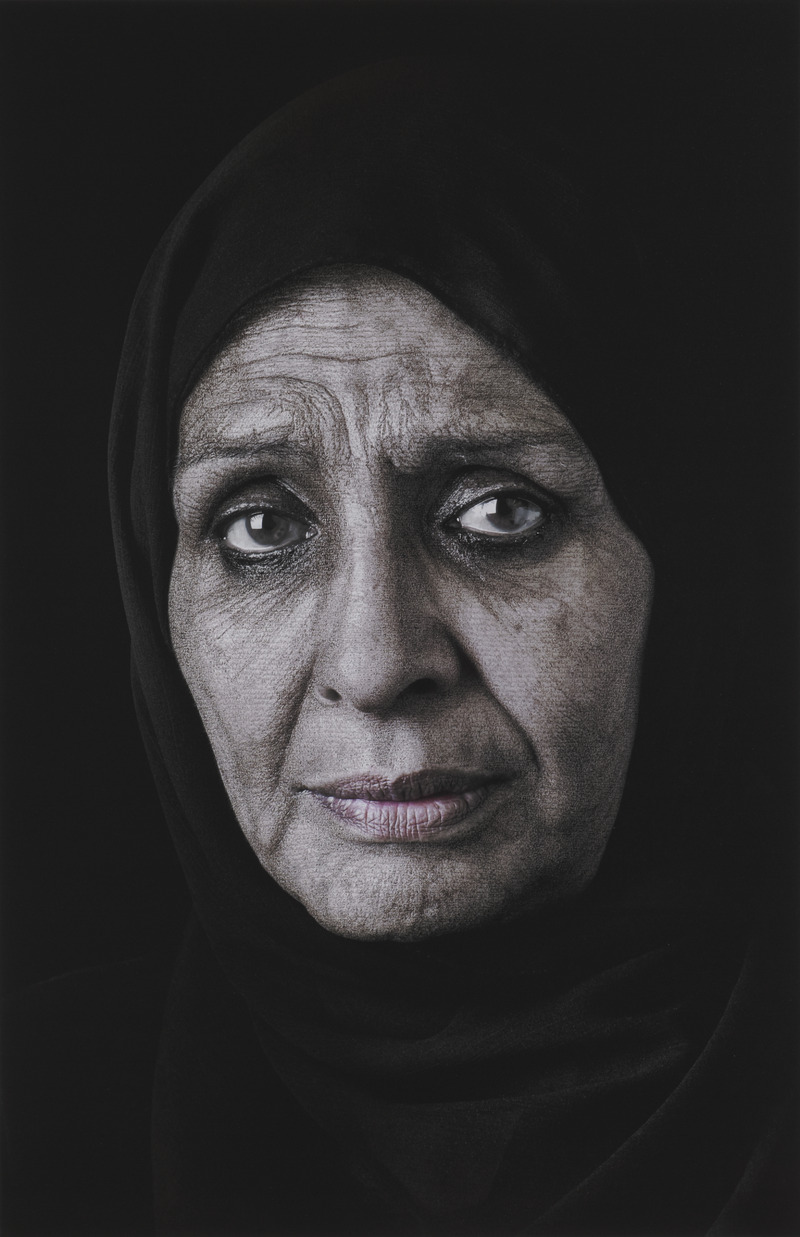
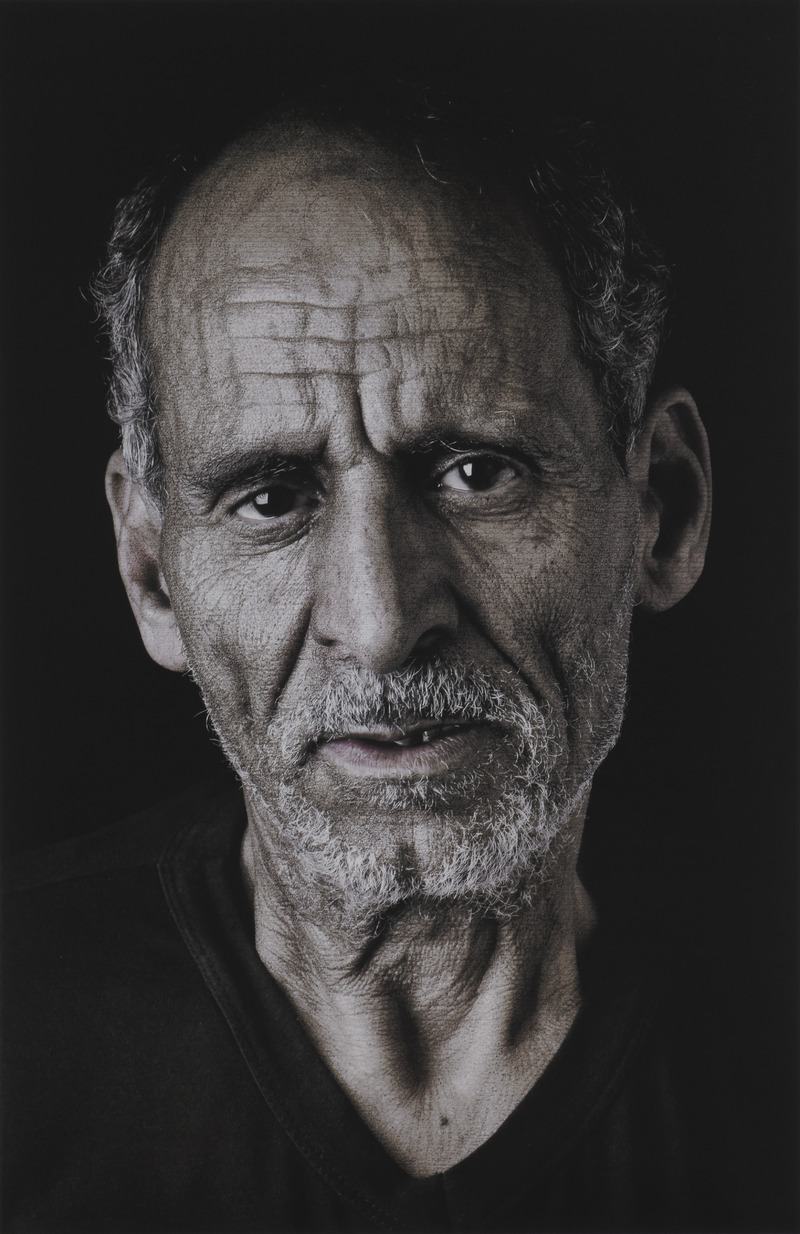
In Ghada and Sayed, lines of Farsi and Arabic text quoted from various Iranian poets are written in tiny calligraphy on the surfaces of the photographs. The barely visible words accentuate the texture of the sitters' skin and invite us to look closer to try to read the stories inscribed on their faces.
How does this context add to our understanding of the artworks, and of Ghada and Sayed?
Through the combination of photography and poetry, Neshat weaves together her own voice and story with the voices and stories of the people in her portraits and the poets she quotes.
In this video Neshat describes the experience of making Our House Is on Fire:
Reflect
In what ways can works of art tell stories?
How can sharing our stories and listening to the experiences of people from diverse backgrounds, cultures, and contexts help us arrive at a deeper understanding of our shared humanity?
Notes
Brittney, “Iranian artist Shirin Neshat on art, politics and changing the world – interview.” Art Radar Journal, March 1, 2014.
Rashidi, Yasmine El. “Egypt: Face to Face.” The New York Review of Books, March 18, 2014. https://www.nybooks.com/daily/2014/03/18/neshat-egypt-face-to-face/.
"Shirin Neshat - Rauschenberg Foundation Project." Artspace, January 24, 2014. Video, 3:00. https://vimeo.com/84996482.
Shirin Neshat (Iranian, b. 1957), Ghada, from the series Our House Is on Fire, 2013. Digital pigment print, 23 15/16 x 15 9/16". Gift of the Robert Rauschenberg Foundation, 2016.
Shirin Neshat (Iranian, b. 1957), Sayed, from the series Our House Is on Fire, 2013. Digital pigment print, 23 15/16 x 15 9/16". Gift of the Robert Rauschenberg Foundation, 2016.
We are committed to encounters with art that inspire creative engagement, social and intellectual inquiry, and meaningful connections across disciplines, cultures, and histories. Do you have ideas or suggestions for other learning resources? Is there an artist or topic that you would like to learn more about? We would love to hear your feedback. Please direct comments or questions to Meredith Lehman, head of museum education, at lehman.meredith@wustl.edu.

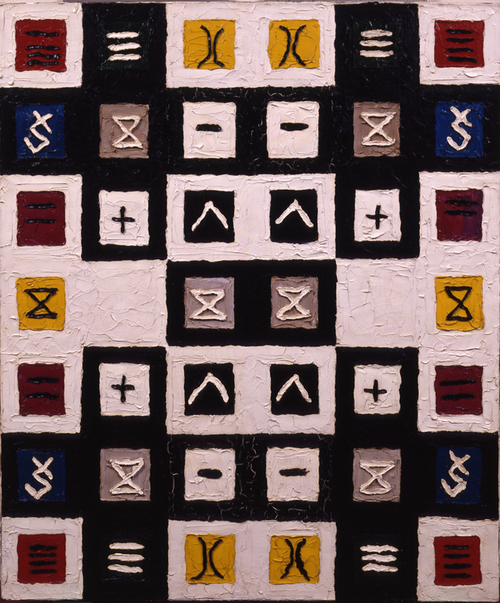
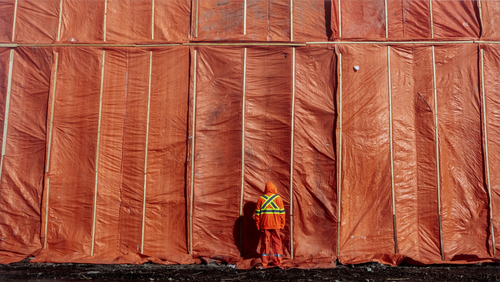
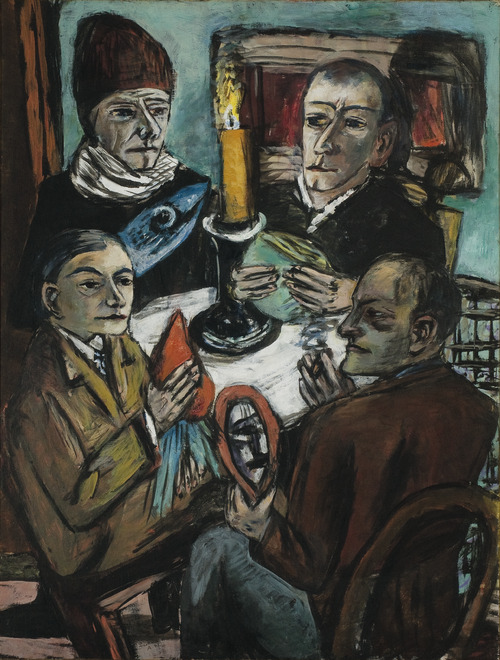
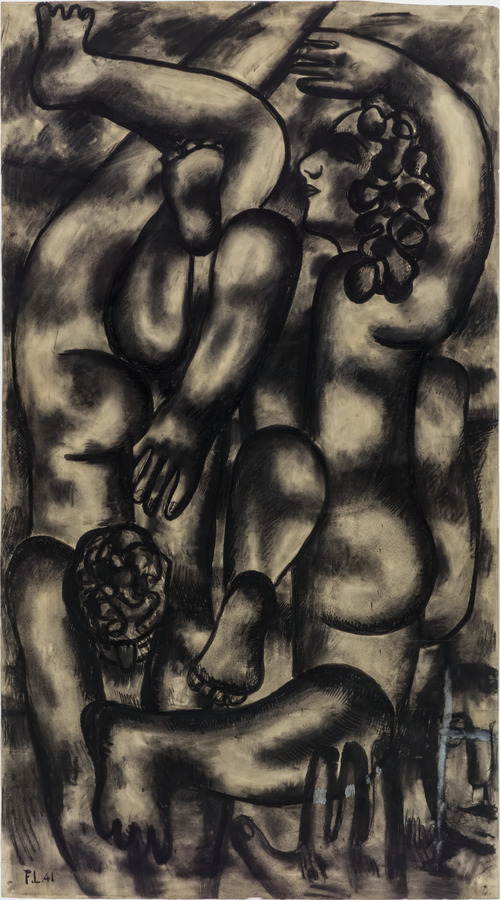
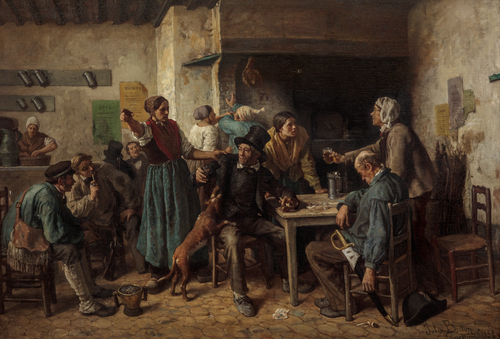
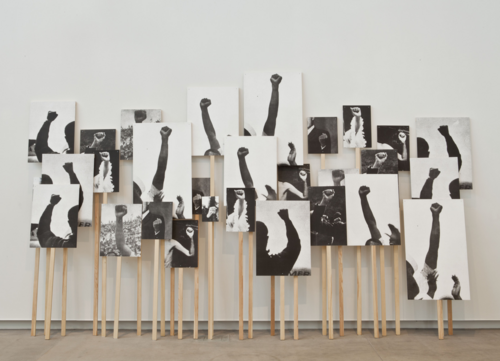
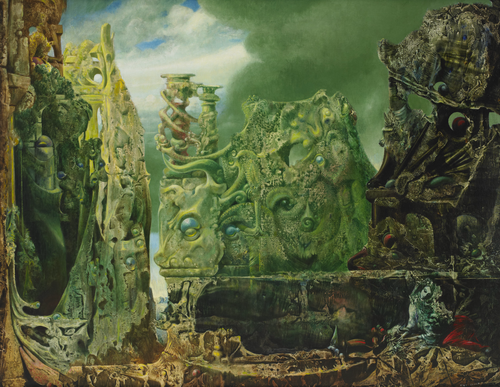
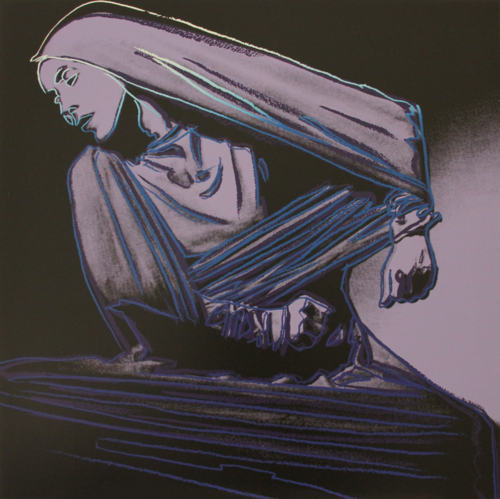
.png)